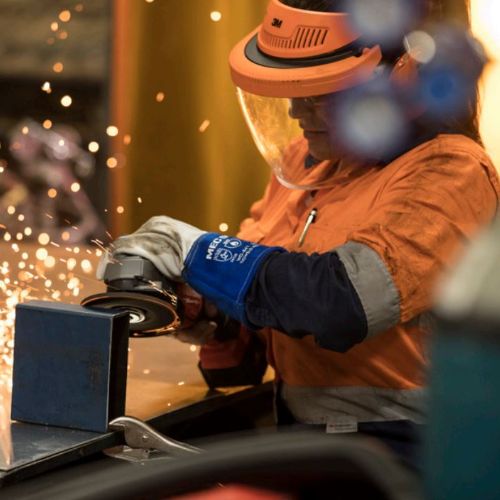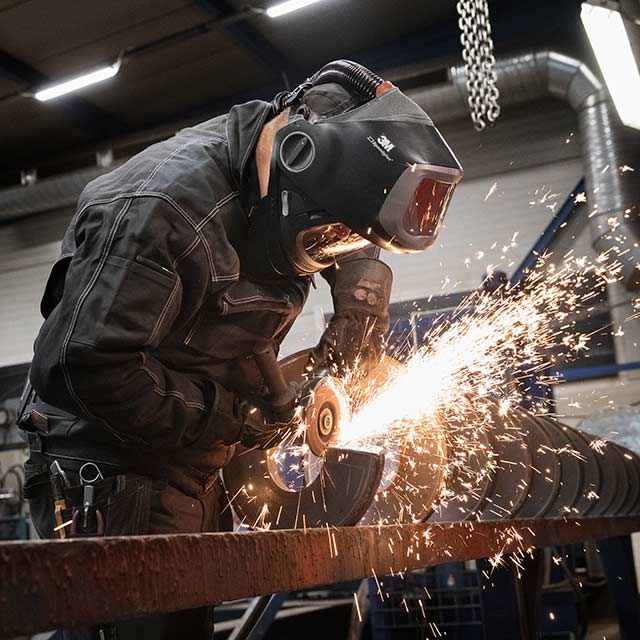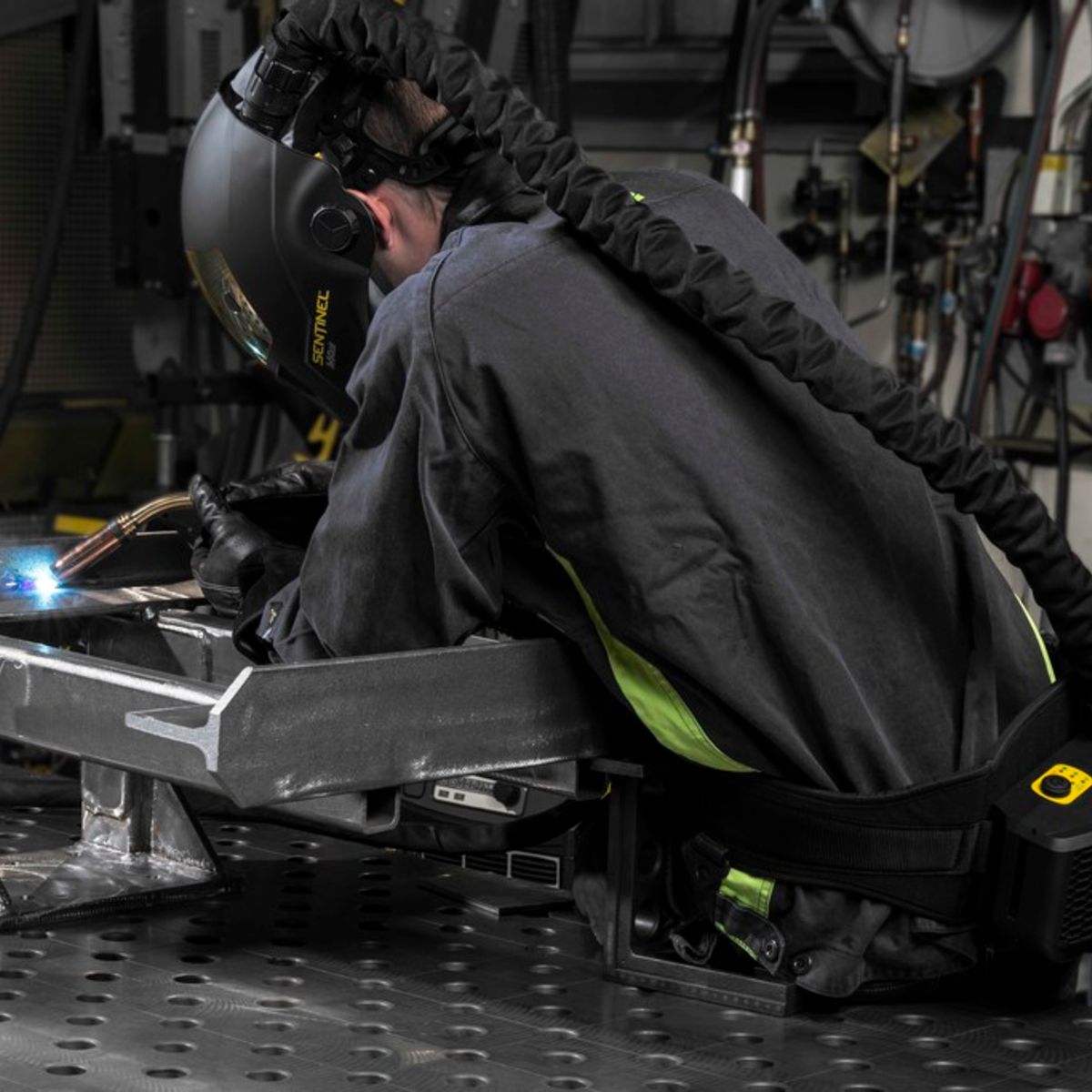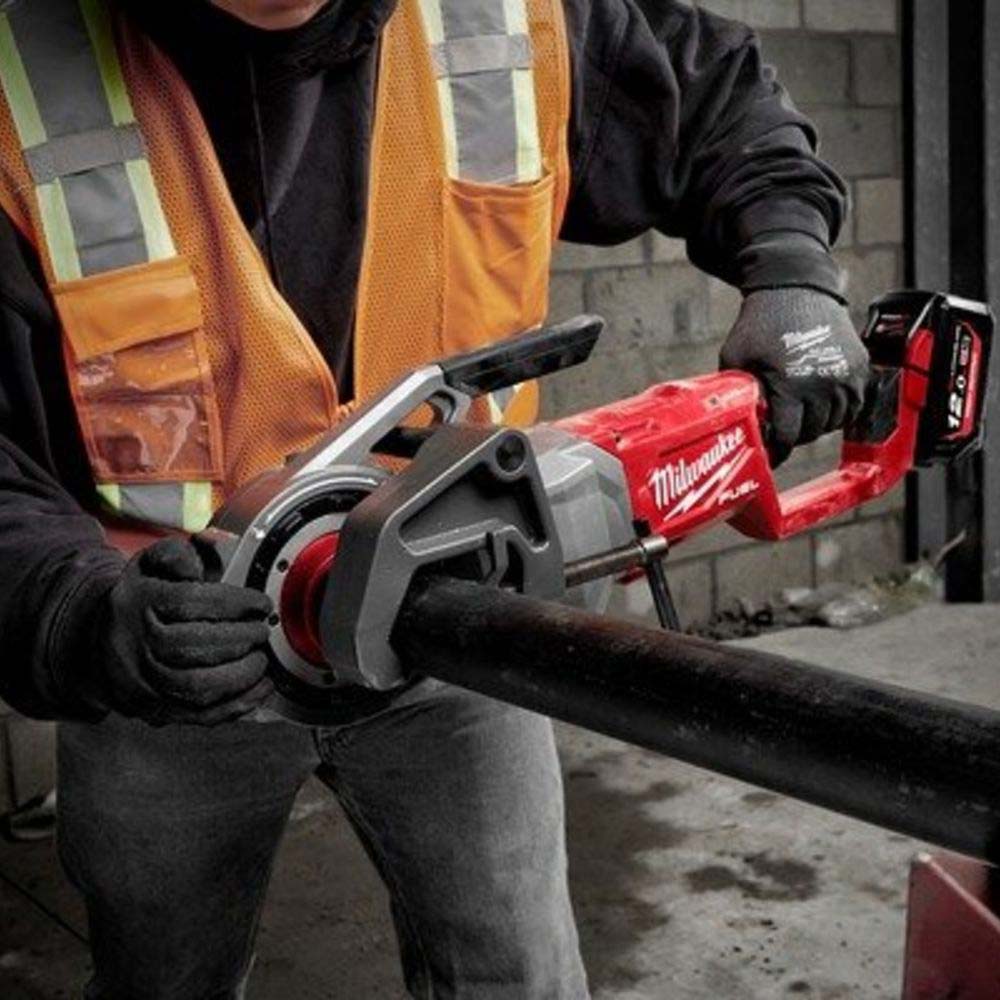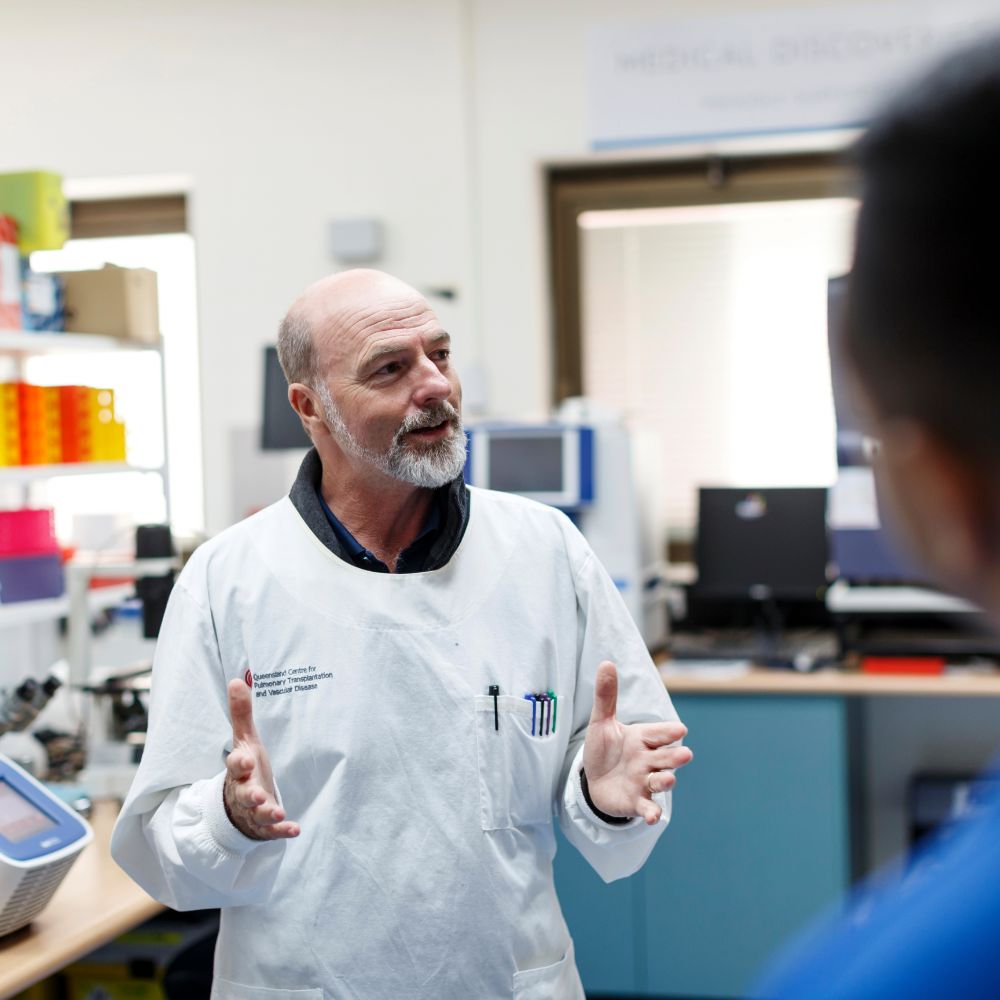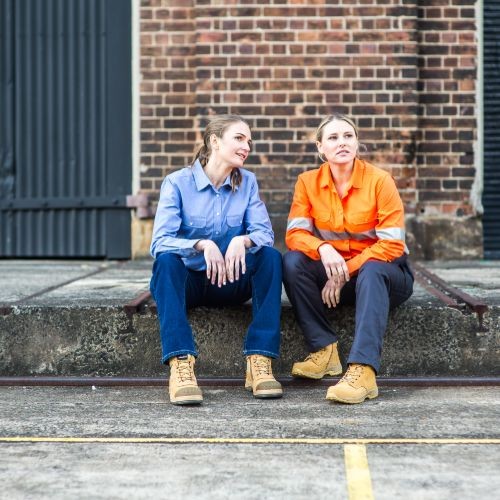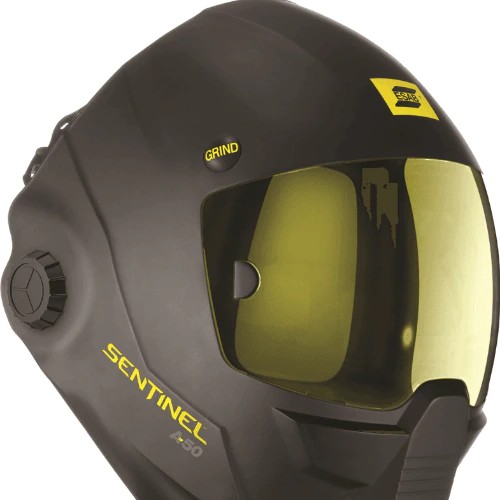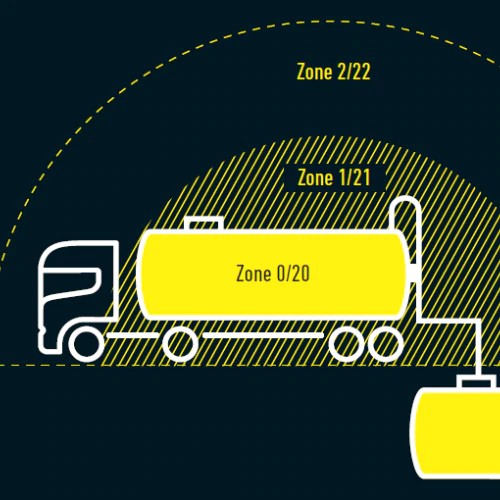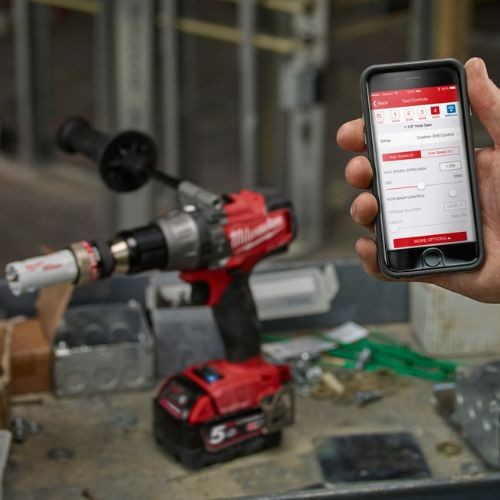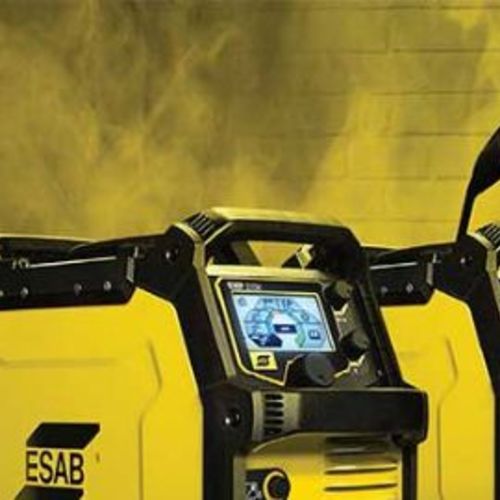[!@ #$%^&*(),.?":{}<>[\]\\|\/`~_=+;'\-]
Select Delivery Method
Please enter your delivery address to check availability.
Select delivery address
Add A Delivery Address*
Please enter valid address
Can't find address?Try Address Form
Please note, your account has been configured incorrectly, restricting your access to the website. Please contact your administrator or customer support on 13 73 23 for assistance.
Loading...
Please select your click and collect pick up Branch to check availability.
Loading...
5 Reasons to Reconsider Your Current Cleaning Rags
Rags may seem like a go-to wiping choice. But think about what you’re really getting — and ask these questions:
- How many of the rags are unusable and are just thrown away?
- How much space do we devote to storing rags?
- Is transporting and selecting rags during processes hurting worker productivity?
- How many rags are used to complete a wiping task?
- How many rags are we paying to dispose of?
Rags are generally sold based on weight but may be inconsistent in size, fabric and shape. They may add to your landfill waste and associated costs. They may even leave residue on parts, which could contribute towards quality issues.
There may be an alternative
When you compare the lifecycles of wipers and rags, you may identify opportunities to:
- Consume less
- Reduce waste
- Cut costs
Ways wipers may outperform rags in your work environment
Watch this case study to see how Kimberly-Clark helped one company make the move from rags to wipers.
Making a material difference with Hydroknit® technology
The material or substrate of a wiper plays a major part in determining its properties during use, as well as its environmental friendliness. Core to Kimberly-Clark’s WypAll® X60, X70 and X80 range of wipers is the company’s Hydroknit® material.
Hydroknit® offers the balance of strength, durability, softness and absorbency. The material is comprised of a mix of cellulose fibres and polypropylene non-woven fabric. The cellulose provides softness and is also hydroscopic, meaning it readily soaks up and holds liquids like water, while being resistant to most solvents. The polypropylene provides toughness and the ability to soak up more than its own weight in oil and grease.
During manufacturing, the soft and absorbent cellulose fibres are bonded into webs, and to the polypropylene non-woven fibre, thanks to agitative action from high-pressure water jets. Because the process uses jets of water to entangle the fibres to keep them together, the wipers contain no adhesives or binders, reducing surface residue and contaminants. At the same time, the resulting fabric absorbs liquid faster, is more resistant to tearing, while being more cost-effective to manufacture than conventional textiles.
This modern engineered material also means the wipers are reliable, keep their shape and can be used again and again. They are ideal for tough tasks like machinery cleaning and are strong and durable whether dry or wet.
List Name
(Max Char 50)





